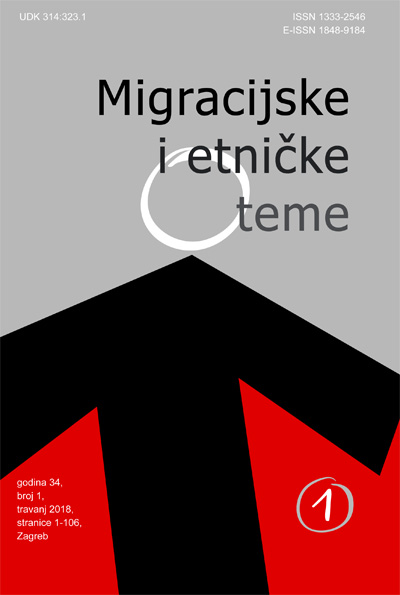Mračna strana slobode kretanja: kada su u koliziji interesi pojedinca i društva
The Dark Side of Free Movement: When Individual and Social Interests Clash
Author(s): Iris Goldner Lang, Maroje LangSubject(s): Law, Constitution, Jurisprudence, Constitutional Law, International Law
Published by: Institut za migracije i narodnosti
Keywords: ree movement of workers; negative effects; EU funds; EU citizenship; European Pillar of Social Rights
Summary/Abstract: Free movement rights have been some of the most positive achievements of EU integration. However, this paper points to the contradictory effects of these rights, especially in Central and Eastern European countries, including Croatia. Free movement of workers creates numerous benefits for the emigrating population and for the EU as a whole as it enables free circulation of labour from places with high unemployment to places where there is a need for labour. However, the social, economic and political downsides for the sending Member States should not be underestimated. This paper aims to explore what has been done so far and which new EU-level measures need to be introduced to mitigate the negative effects of free movement, without restricting it. The text argues that free movement is an important and positive achievement of EU integration, whose downsides should not be utilised or politicised to argue in favour of limiting free movement rights. On the contrary, the answer is not to restrict free movement rights, but to reflect on further EU integration that would aim to reduce regional disparities in the Union by facilitating the development of EU regions that are lagging behind. The chapter is structured in four sections. Following the introductory section, the second section concentrates on recent trends, and on the triggers and effects of intra-EU mobility. The third section explores what initiatives, studies and measures have been employed so far – both at the EU and national levels – to diminish the negative effects of free movement. The concluding section explains why a combination of national and EU measures would be optimal to respond to the downsides of free movement of labour. This section also puts forward various policy proposals that could be employed in the future, such as the reconceptualisation of Union citizenship and the full implementation of the European Pillar of Social Rights, and/or the introduction of new EU-level financial measures that could mitigate the negative effects of free movement, without restricting it.
Journal: Migracijske i etničke teme
- Issue Year: 2019
- Issue No: 1
- Page Range: 89-116
- Page Count: 28
- Language: Croatian

